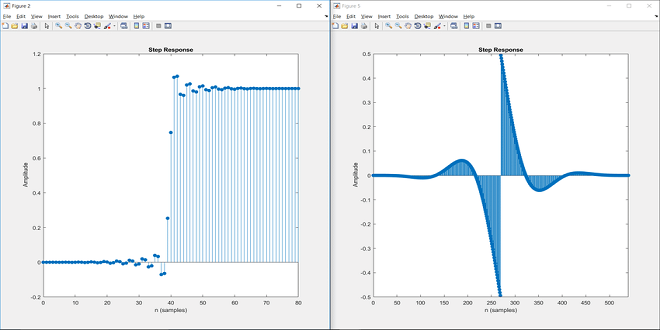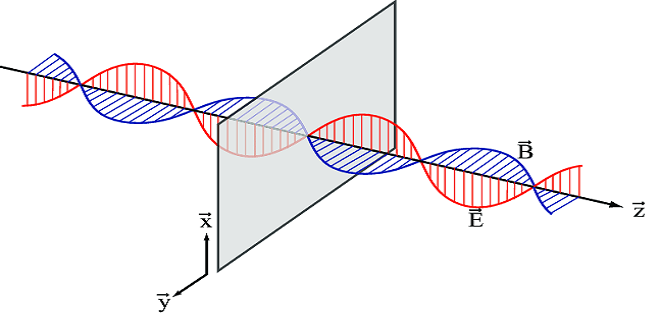Generalized Context for Group Delay

The expansion of k(ω) in is inconvenient if the frequency content (bandwidth) of a waveform encompasses a substantial portion of a resonance structure. In this case, it becomes necessary to retain a large number of terms in to describe accurately the phase delay k(ω)·∆r. Moreover, if the bandwidth of the waveform is wider than the spectral resonance of the medium, the series altogether fails to converge.
These difficulties have led to the traditional viewpoint that group velocity loses meaning for broadband waveforms near a resonance. In this section, we study a broader context for group velocity (or rather its inverse, group delay dk/dω), which is always valid, even for broadband pulses where the expansion (7.33) utterly fails. The analysis avoids the expansion and so is not restricted to a narrowband context. Since the imaginary part of the index becomes important near a resonance, we will need to treat k as complex.
We are interested in the arrival time of a waveform (or pulse) to a point, say, where a detector is located. The definition of the arrival time of pulse energy need only involve the Poynting flux (or the intensity), since it alone is responsible for energy transport. To deal with arbitrary broadband pulses, the arrival time should avoid presupposing a specific pulse shape, since the pulse may evolve in complicated ways during propagation. For example, the pulse peak or the midpoint on the rising edge of a pulse are poor indicators of arrival time if the pulse contains multiple peaks or a long and non-uniform rise time.
For simplification, we have assumed that the light travels in a uniform direction by using intensity rather than the Poynting vector. Consider a pulse as it travels from point r0 to point r = r0 +∆r in a homogeneous medium. The difference in arrival times at the two points
Here 〈t〉r0 represents the usual arrival time of the pulse at the initial point r0, according to (7.49). The intensity at this point is associated with a field E(r0,t) whose spectrum is E(r0,ω). On the other hand, 〈t〉r0 ¯ ¯ altered is the arrival time of a pulse with modified spectrum E(r0,ω)e −Imk·∆r . Notice that E(r0,ω)e −Imk·∆r is still evaluated at the initial point r0. Only the spectral amplitude (not the phase) is modified, according to what is anticipated to be lost (or gained) during the trip.
In contrast to the net group delay, the reshaping delay is sensitive to how a pulse is organized. The reshaping delay is negligible if the pulse is initially symmetric (in amplitude and phase) before propagation. The reshaping delay also goes to zero in the narrowband limit, and the total delay reduces to the net group delay.
Last word
Find the time required for a Gaussian pulse (7.23) to traverse a slab of absorption material (neglecting possible surface reflections). Let the material response be described by the Lorentz model described in section 2.3 with the carrier frequency of the pulse ω0 , coinciding with the material resonance frequency. Let the slab have thickness ∆r = cγ −1 /10 and absorption strength ω 2 p = 10γ.
With its comprehensive coverage and detailed analysis, it offers a valuable resource for trend enthusiasts. By providing accurate and timely information, Trendsactually keeps its audience ahead of the curve. Whether you’re a fashionista, a tech enthusiast, or simply someone who appreciates staying current, Trendsactually has something for everyone.





